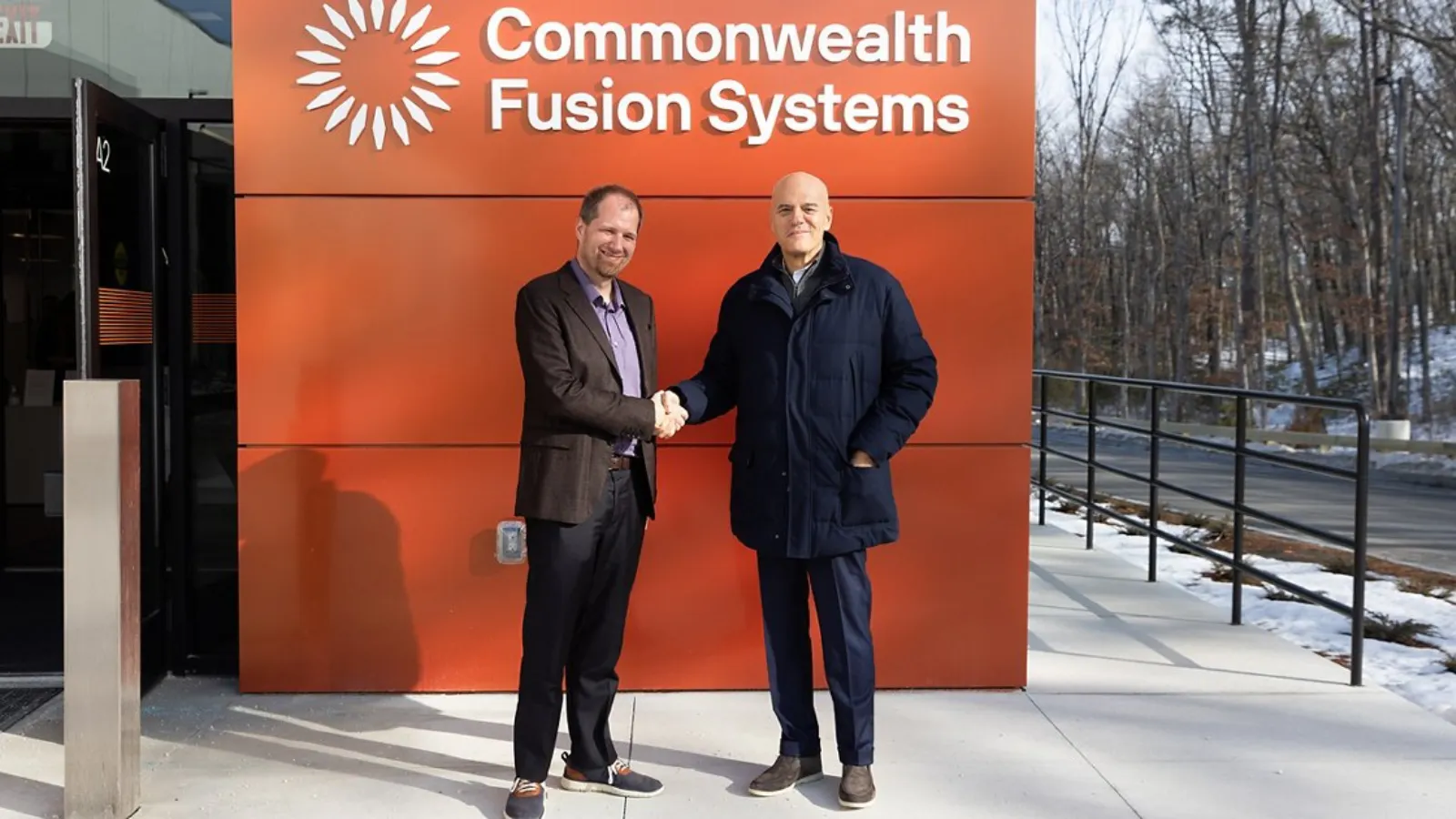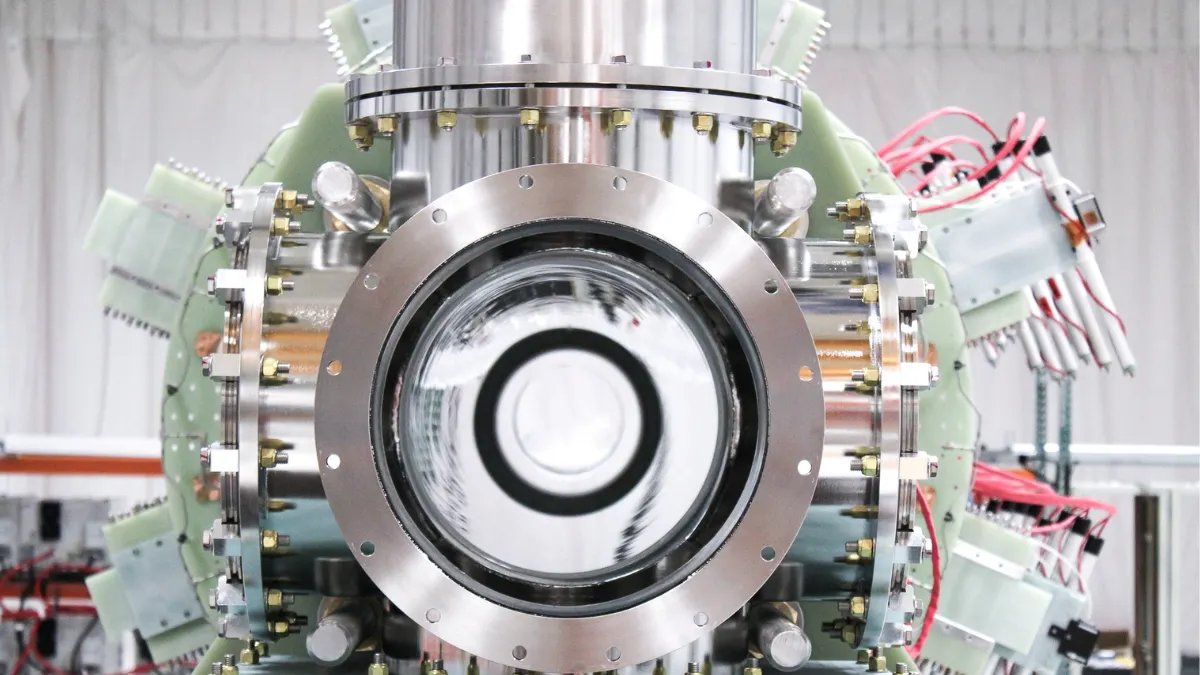A year in fusion: 2023
By Naomi Scott-Mearns and Melanie Windridge
A long-form version of this blog post appears in the December Quarterly issue available to members of Fusion Energy Insights. Sign up to become a member today before the membership is closed for applications until February.
2023 has been an interesting year for the fusion energy industry. As the year ends—a year which is almost certainly set to be the hottest year ever recorded on Earth—we run down what the team at Fusion Energy Insights see as the 3 biggest fusion trends of the year.
1. Partnerships in fusion are increasing
The growth of the nuclear fusion industry and the realisation of commercial fusion energy powering homes is going to be reliant on partnerships.
Here are just a few examples of partnerships made in 2023:
· The UK and USA formed a major new partnership to accelerate the demonstration and commercialisation of fusion energy.
· Tokamak Energy and Sumitomo Corporation of Japan agreed to collaborate on the development and scaling-up of commercial fusion energy in Japan and worldwide.
· First Light Fusion and IDOM partnered to design a reactor chamber which will generate medical isotopes as well as energy.
· Commonwealth Fusion Systems and Eni signed a strategic framework agreement for collaboration on fusion projects such as joint research, development, and deployment opportunities.

ENI and CFS sign cooperation agreement for the development of fusion energy. © CFS
Partnerships share knowledge and drive innovation and therefore are good for the growth of the fusion industry. For fusion power to be commercialised, partnerships must be formed to scale-up the technology.
At the International Atomic Energy Agency’s (IAEA) 29th International Fusion Energy Conference (FEC), held in London in October 2023, the Director General of the IAEA, Rafael Mariano Grossi, announced a new World Fusion Energy Group, who’s first meeting will be held in 2024. One of the aims of this new group is to accelerate partnerships for fusion by involving new players—for example policy-makers, regulators, lawyers and private companies—in the development and scale-up of the industry.
At COP28, US Special Envoy John Kerry announced an international fusion engagement plan. There is a recognition that fusion is too much of a challenge to do alone, so we believe that we will see partnership activity in fusion increase further yet.
John Kerry (centre) at COP28 © Kirsten Haupt, ITER
2. The private sector is betting on fusion and it can’t come soon enough
A profound shift which has occurred in the past couple of years has been the transition of fusion from a predominantly government-funded scientific endeavour to being dominated by private sector investment. In 2021, private sector investments into fusion companies exceeded the annual budget of the Fusion Energy Sciences (FES) Programme of the US DOE.
The Fusion Industry Association report The Global Fusion Industry in 2023 calculates that total investment in the fusion industry is a cumulative US$6.21 billion, up by $1.4 billion on last year (an increase from $4.8 billion in 2022). Private sector investment in fusion—and the number of private fusion companies—continues to grow.
Other interesting news this year was that Microsoft and Helion Energy entered into a power purchase agreement (PPA). The deal would make Microsoft the first fusion energy customer, agreeing to purchase electricity from Helion’s first fusion power plant, scheduled for deployment in 2028.
Then, in October, the USA’s largest steel supplier and recycler, Nucor, announced that it was also backing Helion Energy with a $35 million investment with an agreement that Helion will build a 500 megawatt (MW) fusion plant at one of Nucor’s steel mills. This is a significant statement from Nucor of its commitment to fusion energy and to also transitioning steel-making—an incredibly energy intensive process—to be powered by green energy.
In both cases, for Helion, having guaranteed customers like Microsoft and Nucor could reduce the development risk and support the growth of this new clean energy source for the world.

Helion Energy entered into a power purchase agreement (PPA).with Microsoft in 2023. ©Helion Energy
3. A different regulatory approach
In 2023 we have seen nuclear fusion begin to diverge from nuclear fission in the way some governments intend to regulate it. The regulatory divergence shows regulators are recognising fusion as a fundamentally different technology to fission, and as fundamentally safer. The safety of fusion—in that runaway meltdown scenarios are not possible and fissile materials are not present—is one of the oft-cited reasons for developing fusion power.
In April 2023, the US Nuclear Regulatory Commission (NRC) voted to adopt a regulatory framework that treats fusion machines as similar to other technologies that use by-product radioactive materials, as opposed to regulating fusion machines in the same way as nuclear power plants. The reaction to this decision was overwhelmingly positive as it was a move seen to encourage the development of the commercial fusion industry whilst maintaining flexibility on the technological diversity of different approaches to fusion power generation.
The UK was the first country to announce the intention of regulating fusion in a different way to fission in June 2022. This year they passed the Energy Act to legislate for how they will safely roll out fusion energy, providing clarity on the regulatory regime for fusion energy facilities.
Overall, regulatory approaches to fusion energy are only just emerging and the bills already passed will have to evolve alongside the development of commercial fusion plants. The Energy Act in the UK, for example, is likely to need updating as the STEP plant in West Burton Nottinghamshire progresses.

The US Nuclear Regulatory Commission (NRC) voted to adopt a regulatory framework in 2023. © Ana Kova / U.S. Fusion Outreach
Welcome 2024!
We look forward to seeing what 2024 will bring and hope that you’ll continue following along with us.

